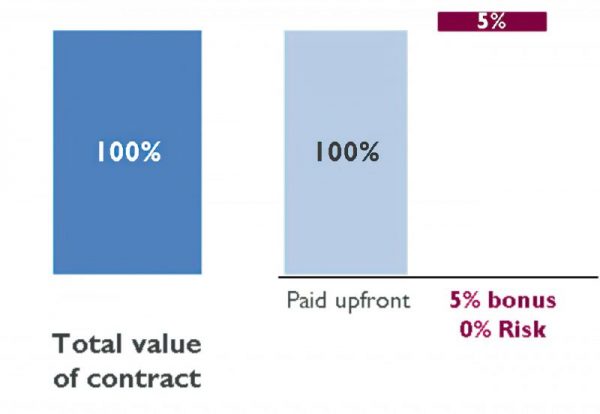
SeCompetitivo is a program that seeks to strengthen value chains and support Peru in its systematic effort to improve its competitiveness. Instiglio designed three Performance Based Contracts between the Swiss Cooperation (SECO) and the Peruvian coffee and cocoa producers’ unions. These instruments were designed as part of the SeCompetitivo program with the aim of strengthening the coffee and cocoa value chains in Peru.
Country
Perú
Timeline
2014 – 2017
Type of Project
RBF Design or Implementation
Sector
Agriculture
Project
Partners

project description
There’s low international competitiveness of Peruvian cocoa and coffee. In coffee, the main problems are weak strategic alliances, low productivity, poor quality and unstable profitability. 31% of coffee growers are poor. In cocoa, the main problems are weak institutional environment, low technical capacity and vulnerability to climate change. With this in mind, Instiglio designed three Performance Based Contracts between the Swiss Cooperation (SECO) and the Peruvian coffee and cocoa producers’ unions.
SeCompetitivo is a program intended to strengthen value chains. The program seeks to promote competitiveness, through the implementation of projects aimed at the development of value chains. Through a competitive fund, the program supports projects that generate public benefits for the value chain and its members. It focuses on four key areas: (i) Products & Services, (ii) Human Capital, (iii) Commerce & Alliances, and (iv) Public Policy.
The total size of the program is USD 14 million, divided in: Coffee projects: USD 1.4 million and Cocoa projects: USD 1.8 million.
Instiglio’s mission was to create the right instrument given the context. This was a challenging task because there was little chance to add financial risk and producers’ unions (the implementers) had:
- Limited capacity to manage performance and weak organizational infrastructure
- Limited (and in some cases no) information regarding historical and expected performance.
- (Both implementers and outcome payers) had very limited understanding of RBF and were highly risk averse



